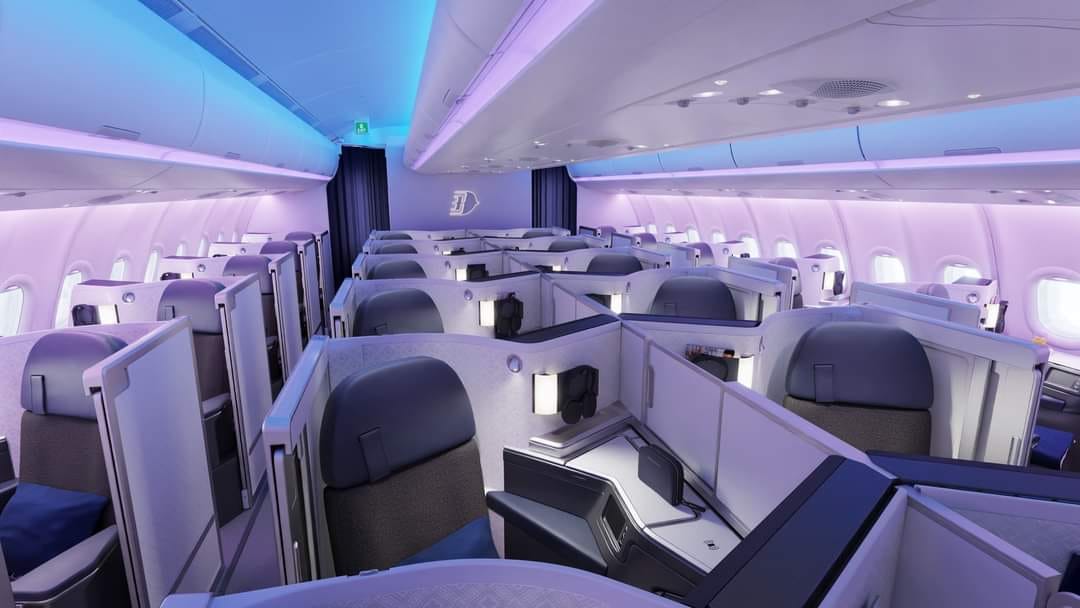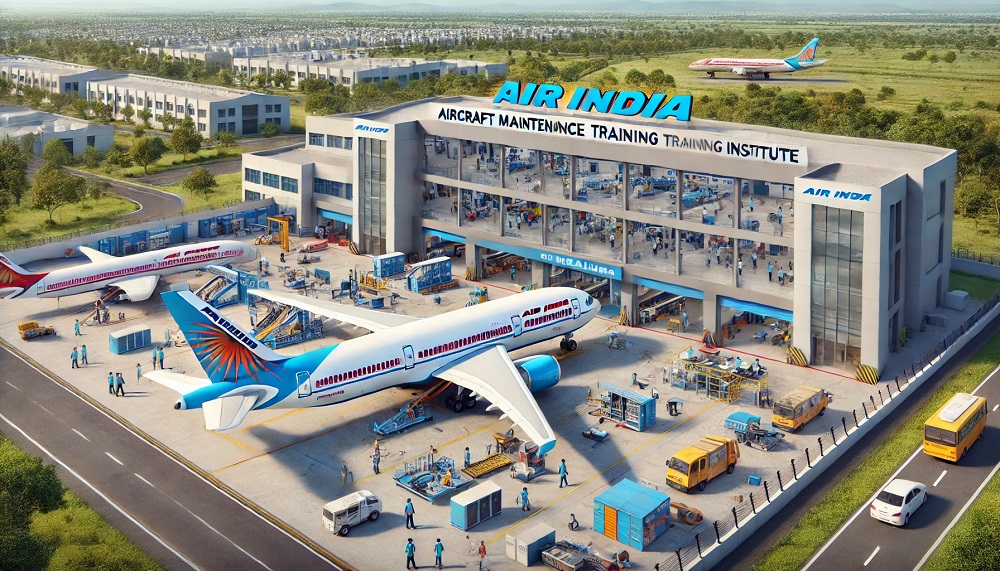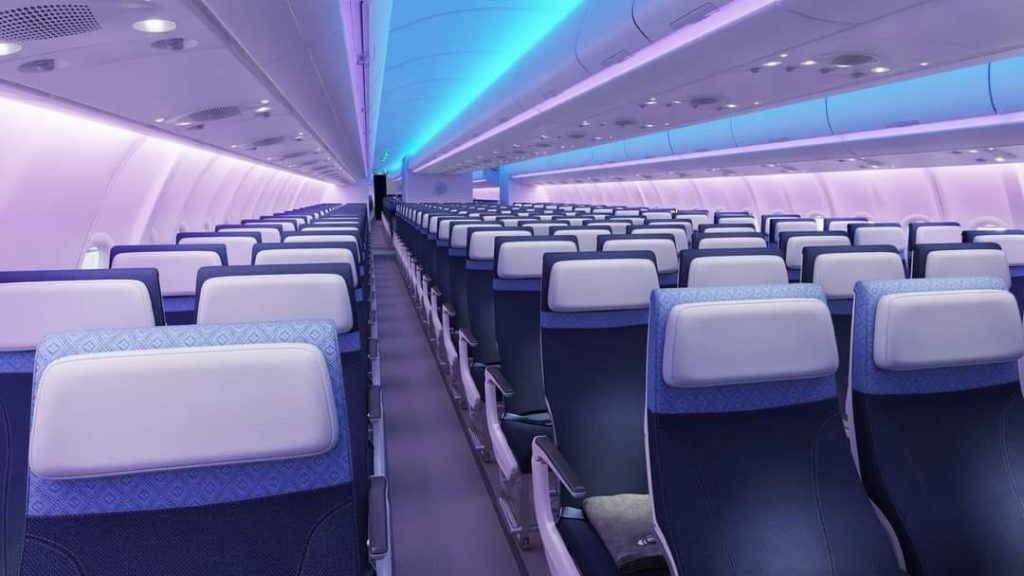Airlines
Malaysia Airlines Unveils New Airbus A330neo Cabin & Introduces Three New Routes

Malaysia Airlines revealed its new Business Class and Economy Class seats for the A330neo ahead of the aircraft’s expected arrival in Q3 2024, as part of its fleet modernization plan.
There will be a number of “firsts” in the new airbus A330neo cabin for both the airline and its fleet history. One of these is the debut of the Collins Aerospace Elevation Business Class seats, which come with wireless charging pods accessible at all 28 Business Class seats and an all-suite cabin with private doors.
The airline is poised to establish itself as the top global carrier in terms of passenger experience and innovation by being the first in the world to use Elevation seats on the A330 airframe.
For improved cabin comfort and functionality, the ergonomically designed and enhanced-support Recaro CL3810 Economy Class seats provide thoughtful features like coat hooks, a cup holder, and plenty of storage. Throughout the cabin, seat covers will showcase the airline’s emblematic songket pattern, honouring Malaysia’s cultural legacy by skillfully merging customs with modern design.
28 seats in Business Class and 269 in Economy Class—24 of which have additional legroom—will make up the A330neo’s seating capacity. For a restricted period, shoppers attending MATTA Fair can view these new seats at the MAG Arena (Level 3, MITEC, Kuala Lumpur) until March 24, 2024.
Malaysia Airlines has become the official commercial airline of Manchester United football club through a strategic multi-year collaboration struck today. By utilising co-branded marketing campaigns to increase brand recognition to a diverse global audience, Malaysia Airlines is positioned to offer its well-known Malaysian Hospitality to Manchester United’s enormous community of over 1.1 billion fans and followers worldwide.
At the same time, the airline will provide high-quality service and immersive experiences that are associated with both brands. Additionally, Malaysia Airlines declared the beginning of service to three new locations: Chiang Mai, Thailand (CNX), Da Nang, Vietnam (DAD), and Malé, Maldives (MLE). The airline will offer new direct flights to MLE, DAD, and CNX from its main hub in Kuala Lumpur, improving connectivity.
Tickets will go on sale on March 22, 2024. Beginning on August 1, 2024, the airline will operate daily flights to MLE; on September 24, 2024, it will begin operating daily flights to DAD; and on August 15, 2024, it will operate five times weekly flights to CNX.

Airlines
Air India to Launch aircraft maintenance training institute in Bengaluru

Air India, one of India’s leading global airlines, is set to establish a Basic Maintenance Training Organization (BMTO) in Bengaluru.
This institute will offer a comprehensive Aircraft Maintenance Engineering (AME) program certified by the Directorate General of Civil Aviation (DGCA). The program will follow an integrated 2+2 year structure, combining classroom learning with practical, hands-on training.
This initiative is part of Air India’s broader goal of creating a robust aviation ecosystem in India. With plans to expand its fleet and strengthen its operations, the airline aims to build a skilled workforce of maintenance engineers, making the organization self-reliant while supporting its ambitious transformation journey.
This country tops visa rejections in the popular Schengen countries
To bring this vision to life, air india has partnered with Bengaluru Airport City Limited (BACL), a subsidiary of Bangalore International Airport Limited (BIAL). Together, they will develop a state-of-the-art facility spanning 86,000 square feet at Bengaluru Airport City.
This purpose-built campus will feature modern classrooms, well-equipped laboratories, and qualified trainers to deliver world-class education and training. The institute is expected to become operational by mid-2026.
The BMTO will be located close to Air India’s new 12-bay Maintenance, Repair, and Overhaul (MRO) facility, also set to open in Bengaluru by early 2026. The AME program will begin with two years of academic coursework, followed by two years of practical training at the MRO, ensuring students receive hands-on experience adhering to industry standards.
Sanctions & Engine Issues Ground Half of Russia’s A320neo fleet
In the meantime, Air India has introduced a Cadet AME program in collaboration with reputable institutions in Bengaluru and Hyderabad.
This ensures continuity in its commitment to developing skilled aircraft maintenance engineers while the BMTO facility is under construction. The program also allows students to pursue a bachelor’s degree through university partnerships, enhancing their career and academic opportunities.
With this initiative, air india plane aims to address the growing demand for skilled professionals in aircraft maintenance and engineering, air india new planes contributing to the development of India’s aviation sector and creating specialized career paths for aspiring engineers.
-

 Aviation2 months ago
Aviation2 months agoMicrosoft Flight Simulator Raises $3 Million to Bring Back the An-225 Mriya
-

 Airlines2 months ago
Airlines2 months agoQatar Citizens Can Travel to the United States Without a Visa
-

 Aviation2 months ago
Aviation2 months agoQatar Airways bans these new Electronic Devices on plane
-

 Airlines2 months ago
Airlines2 months agoJapan Airlines Rolls Out Free Domestic Flights to International Passengers
-

 Defence2 months ago
Defence2 months agoWhich Country Has the Largest Fleet of Fighter Aircraft?
-

 Airport2 months ago
Airport2 months agoWestern Sydney Airport Welcomes Its First Plane After 6 Years of construction
-

 Travel2 months ago
Travel2 months agoQatar Airways Launches Four Additional Flights from Amsterdam
-

 Aviation2 months ago
Aviation2 months agoDid you know ? Once Boeing 747 carried 1088 passenger in 1991









